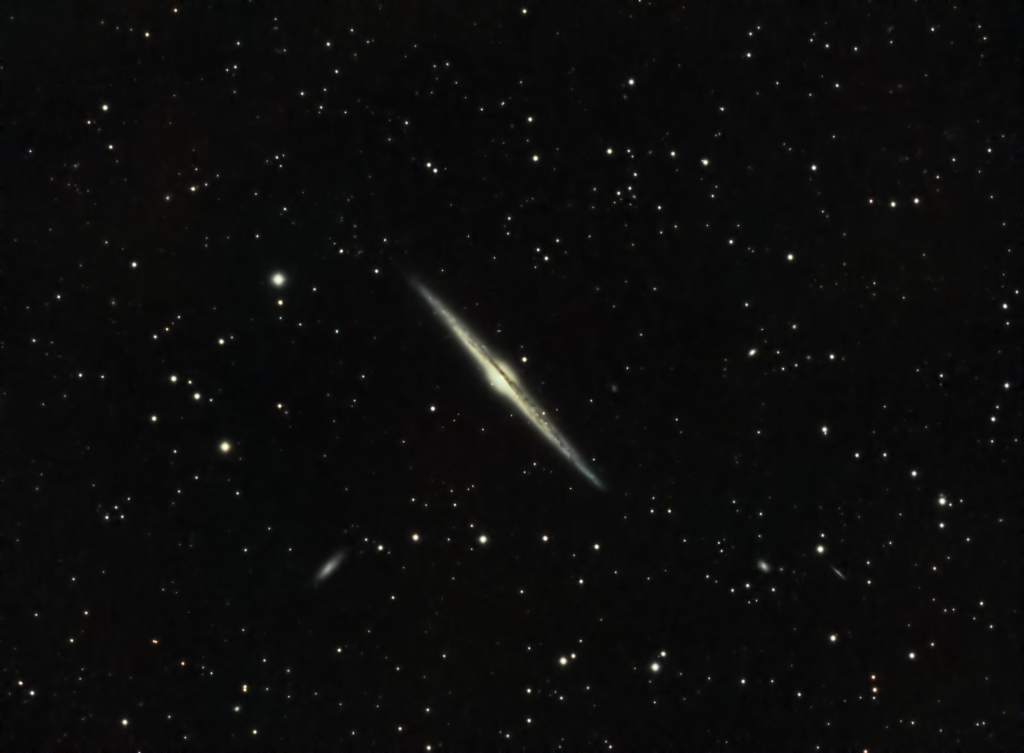
Similar Posts

The Elephant’s Trunk
Located about 2,400 light-years away in the constellation Cepheus, the “Elephant’s Trunk Nebula” has a distinct “Pillars of Creation” vibe when viewed as a long-exposure, narrowband image in the style of Hubble. Like the “Pillars of Creation” (the Eagle Nebula,) the Elephant’s Trunk is also an area of star formation, containing some young, newly-formed stars….

The Jellyfish Nebula
The “Jellyfish Nebula” is a supernova remnant in the constellation Gemini, about 5,000 light-years away. It’s the gas blown off from a star that exploded, sometime between 3,000 and 30,000 years ago – we’re really not sure when it happened. But it makes for quite a spectacle! I was plagued with technical issues while capturing…
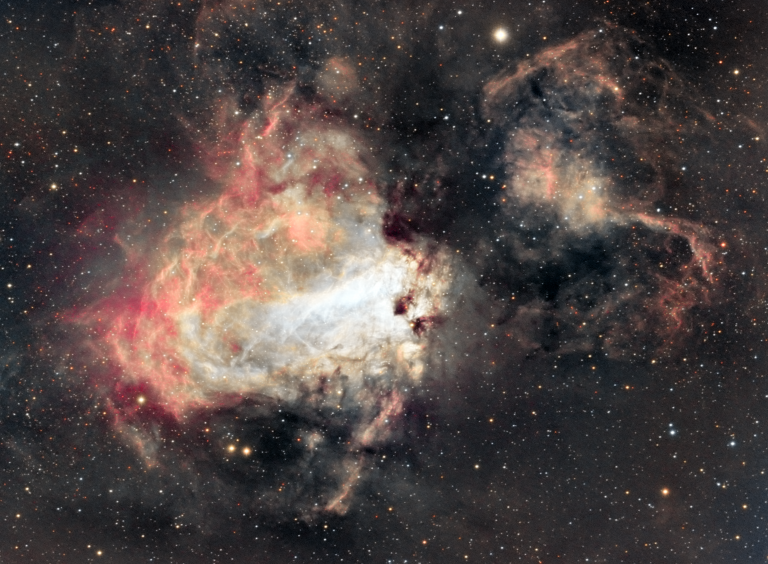
A Celestial Swan
This is M17, the “Swan Nebula”. Everyone seems to see something different in it! To me the whole thing looks like a swan seen from the side, but my family sees different birds within it. It’s like seeing shapes in clouds, which makes sense, as this is just a really, really big cloud of gas…
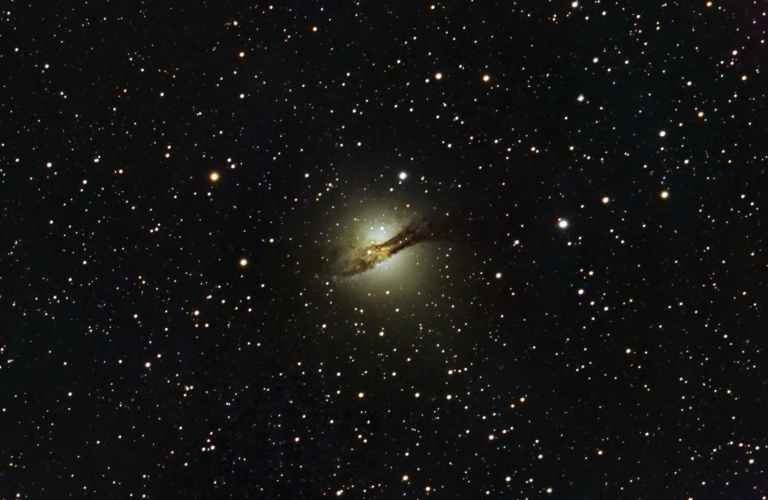
Centaurus A! A weird and challenging galaxy…
Our new home has clear views of the sky down to about 15 degrees from the horizon; which means some objects that are normally considered only visible from the Southern hemisphere just peek above our trees for a few hours. One such object is the galaxy Centaurus A; it’s an odd galaxy that looks like…
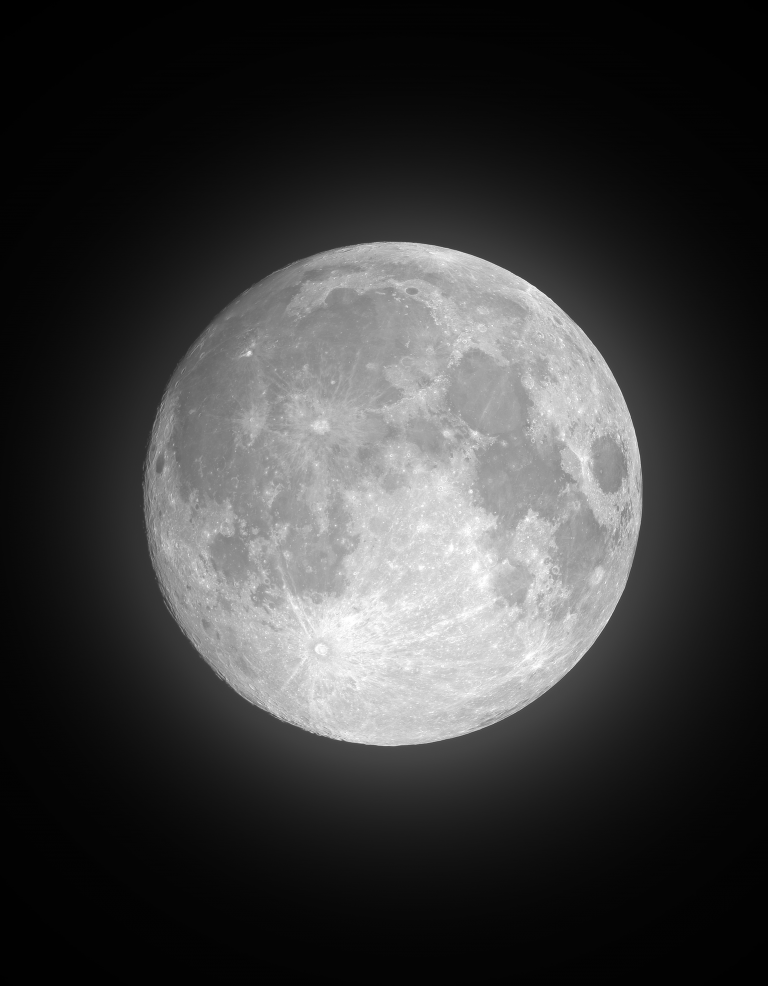
The Moon
Last night was hazy, cloudy, and with an almost-full moon that would wash out anything else I could try to image. So, I imaged the Moon itself. Tried out some new techniques; usually you would use a specialized telescope with a specialized camera and specialized software for shooting the Moon, but I wanted to see…
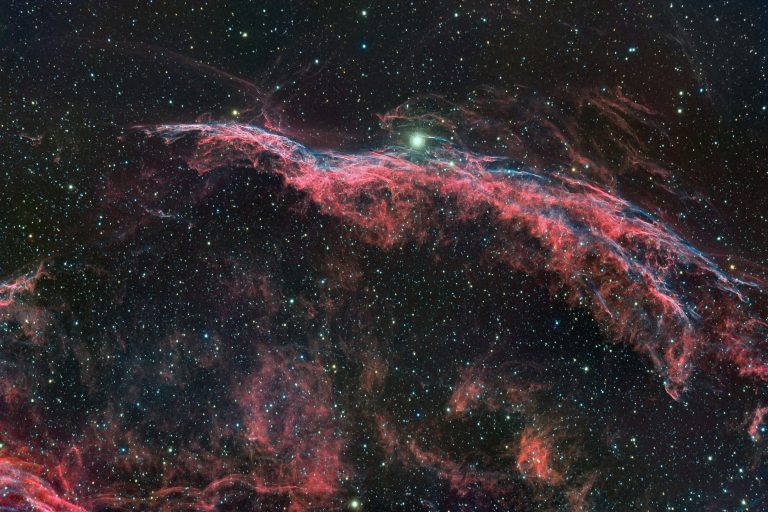
The “Witch’s Broom”, revisited
This portion of the Veil Nebula, commonly called the “Witch’s Broom,” is part of a larger shell of gas known as the Cygnus Loop. It’s gases blown off from a supernova that exploded 10,000 to 20,000 years ago! The rich red and blue colors are real; this is not a false color image. Shot over…

